Learn about SSI Benefits and Disability Changes in 2013

The U.S. government’s Supplemental Security Income program provides cash assistance to help disabled Americans afford basic living expenses. Most states pay additional SSI benefits or operate separate programs to aid recipients. The Social Security Administration has made a few significant changes to this program in 2013. It increased disability benefits, raised income limits and updated the payment system. In 2012 alone, there was a 2.94% increase in the number of people on Social Security Disability.
The maximum amount of earnings subject to the Social Security tax is $113,700 in 2013, up from $110,100 in 2012. The federal government has enacted a 1.7 percent increase in Social Security disability benefits because of rising inflation. The change went into effect at the beginning of 2013. This brings the maximum SSI payment to $710 per month. A married couple can receive up to $1,066 if both individuals qualify for the program. This cost-of-living adjustment raised the maximum yearly benefit by about $143. Women accounted for 55 percent of adult Social Security beneficiaries in 2012. As of 2013, 46 states provide additional SSI funds. States that don’t offer this type of assistance include West Virginia, Arizona, Mississippi and North Dakota. The benefit limit is the same as the monthly income cap for SSI, so recipients are allowed to earn slightly more this year. However, a different limit applies to new applicants. A person must have monthly earnings under $1,040 to apply for SSI disability benefits in 2013, according to Nolo Press. Blind people may add $700 to this cap. Keep in mind that recipient and applicant income is calculated in different ways. The Social Security Administration also recently changed the way it delivers payments. It stopped mailing checks to SSI beneficiaries in March 2013, according to DailyFinance. The federal government now uses electronic transfers to pay Social Security disability benefits. Recipients can deposit the funds in checking or savings accounts. However, it isn’t necessary to open a bank account to receive SSI benefits; a prepaid debit card is available as well. The government also made it possible for beneficiaries to access more financial information on the SSA website.
Many other aspects of this program have remained the same in 2013. The personal asset limit is still $2,000. Some state governments continue to provide extra benefits for specific purposes. They help SSI beneficiaries move to new homes, recover from natural disasters, compensate caretakers and feed guide dogs. An SSI recipient may automatically qualify for various state social programs as well.
Author – Brad Myler


